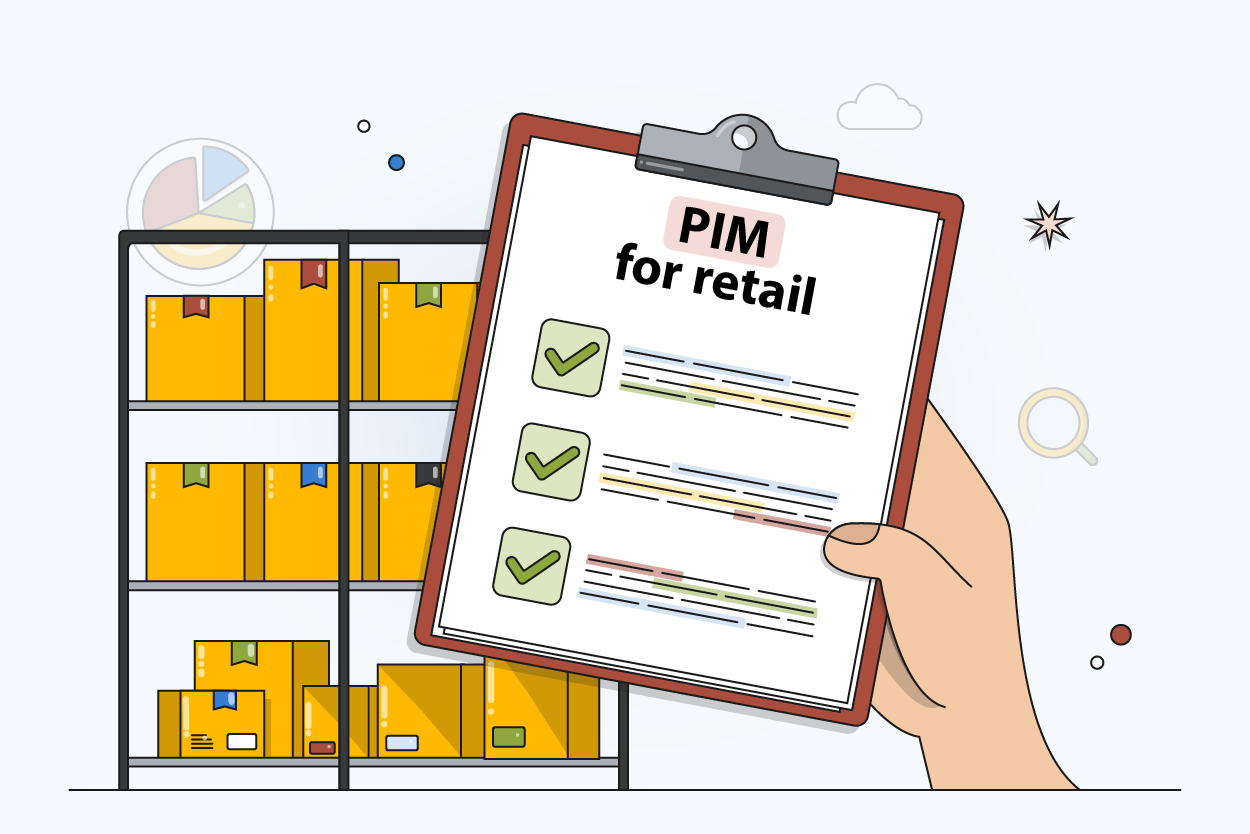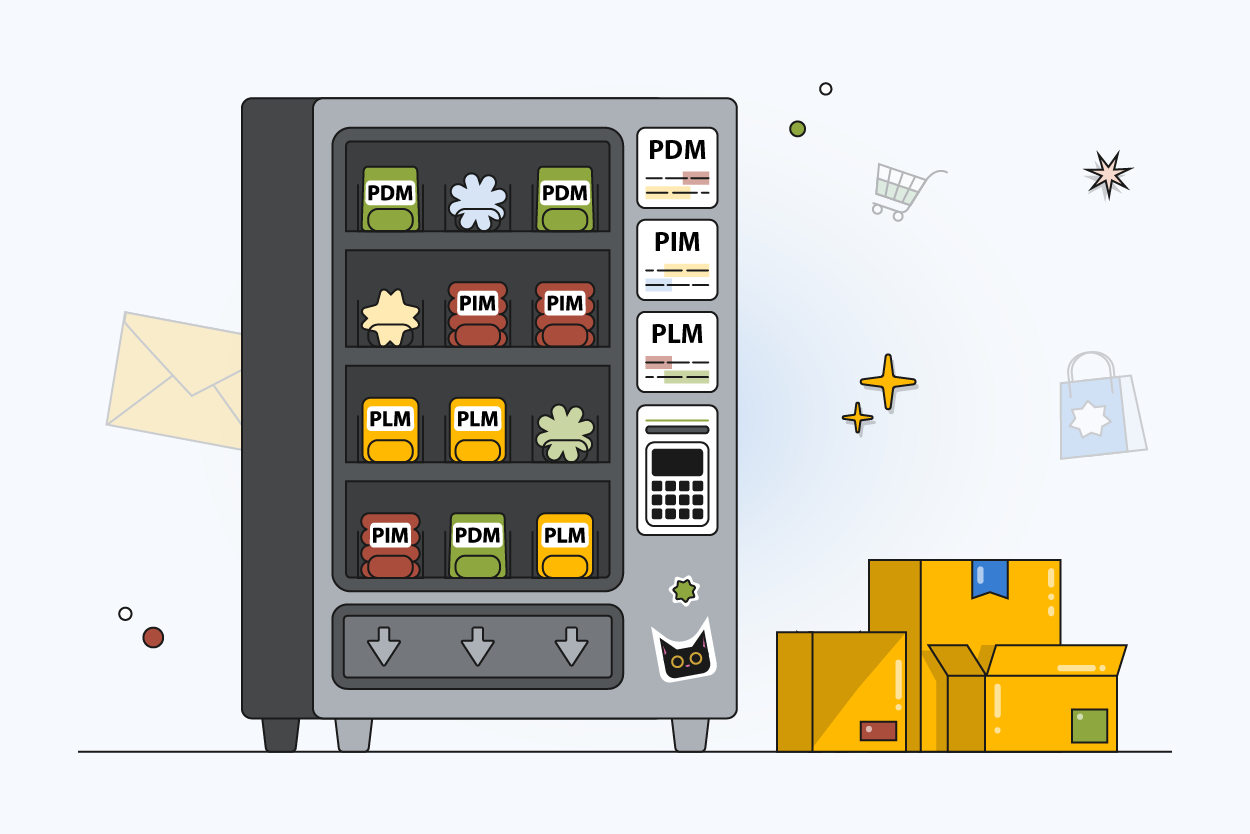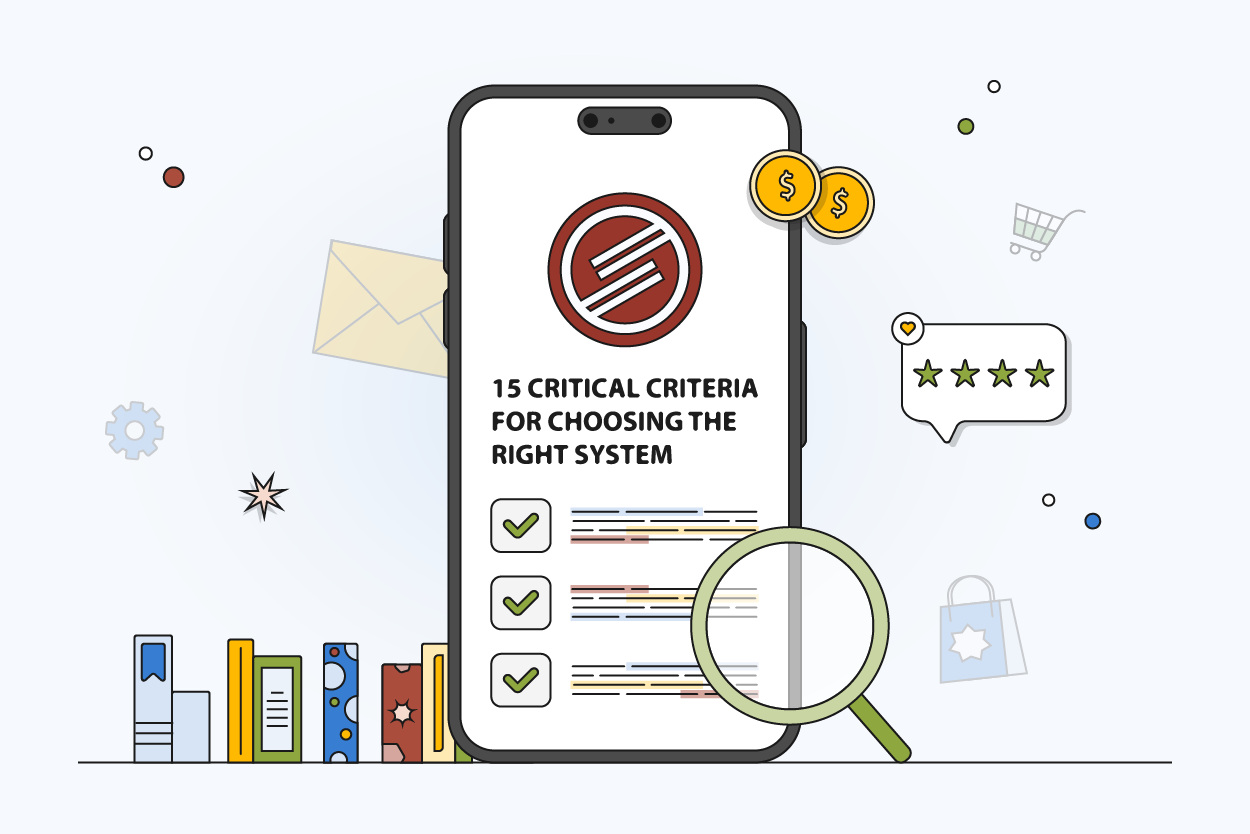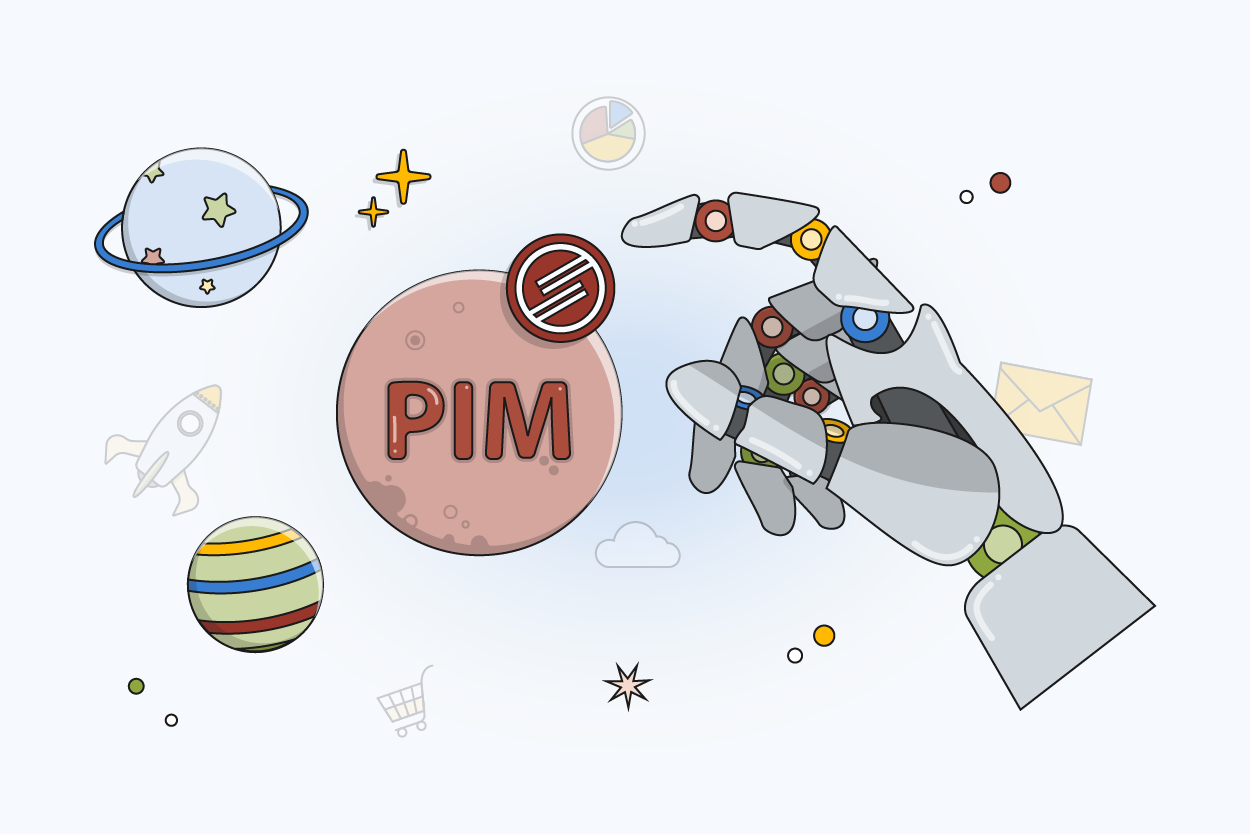Welcome to the PIMInto Blog

Here you can explore the newest insights, strategies, and innovations related to Product Information Management (PIM). Our team delves deep, investigating, analyzing, and reflecting on all the essential topics and details surrounding the most recent PIM advancements. Understand how these trends are reshaping the eCommerce landscape, influencing your sales avenues, and revolutionizing your technological infrastructure. Stay ahead of the curve with us as we navigate the ever-evolving world of PIM.

Product Descriptions Optimization: 7 Proven Strategies for eCommerce Success
Every word on your product page matters. The right description attracts search traffic, builds trust, and drives sales. Whether you sell on Amazon or your own website, optimized product descriptions act as sales tools that work around the clock to co

15 Challenges for eCommerce in 2025
Running an online store in 2025 is exciting and stressful. Ecommerce has evolved to be one of the leading industries globally, but the path to success is filled with challenges. From supply chain insecurity to swelling customer expectations, ecommerc

The Complete Guide to PIM for Retail: Transform Your Product Management
Product data drives retail. Every product in your inventory has names, prices, specs, images, videos, and more. Multiply that out across hundreds or thousands of SKUs, spread across multiple channels, and the task of keeping it all current becomes da

What is Product Data Management?
Every product has a story to tell before it reaches a customer. An idea sparks, teams draft designs, build prototypes, and refine them into a finished item ready for the market. Along the way, they generate a mountain of technical information that mu

The Ultimate PIM Selection Guide: 15 Critical Criteria for Choosing the Right System
Your product data is a mess. Not because you’re doing anything wrong, but because your business is growing. SKUs are multiplying. Teams are spread across tools. Spreadsheets are breaking under the weight of it all. And somewhere between adding n

PIM Trends 2025: The Future of Product Data Management
Product data is now one of the most valuable assets in commerce. Every channel depends on it. Every customer touchpoint relies on it. Whether you're selling through a marketplace, a direct-to-consumer site, or a wholesale portal, the quality and stru

Examples of Multichannel Marketing Done Right: 5 Campaigns to Watch in 2025
Marketing is constantly evolving, and in 2025, the brands getting it right are the ones showing up where their customers are, consistently and clearly. That kind of coordinated presence across multiple touchpoints is what defines effective multichann

Product Attributes in B2B Ecommerce: Best Practices and Examples for 2025
B2B buyers need clear, detailed information to make smart purchasing decisions. Product attributes serve as the backbone of this information exchange. They help companies showcase their offerings effectively while enabling buyers to find exactly what

What is Recommerce: Benefits, Difference & Examples
More and more, buyers are seeking alternative ways to acquire high-quality goods at discounted prices. This is pushing the rapid growth of recommerce, a business model that extends the product life cycle for suppliers and provides flexible, cheaper p

Shocking PIM Discovery
Summary I was really shocked to discover that many expensive PIM applications don't work on mobile devices, making it impossible to edit product data on the go. This is a huge issue, especially if you find inaccuracies while away from your desk. W

Rollback Product Information in your PIM
Summary In this video, I walk you through the rollback feature in PIMinto PIM, specifically how to recover deleted data. I demonstrate the process using a brown duffel bag example, where I deleted the product's French description. Thankfully in ou

Unlocking AI's potential in PIM
Summary In this video, I discuss how AI can significantly streamline our work processes, particularly in normalizing PIM data for a better e-commerce experience. I share examples of AI assistants I've used in PIMinto, such as those for translation